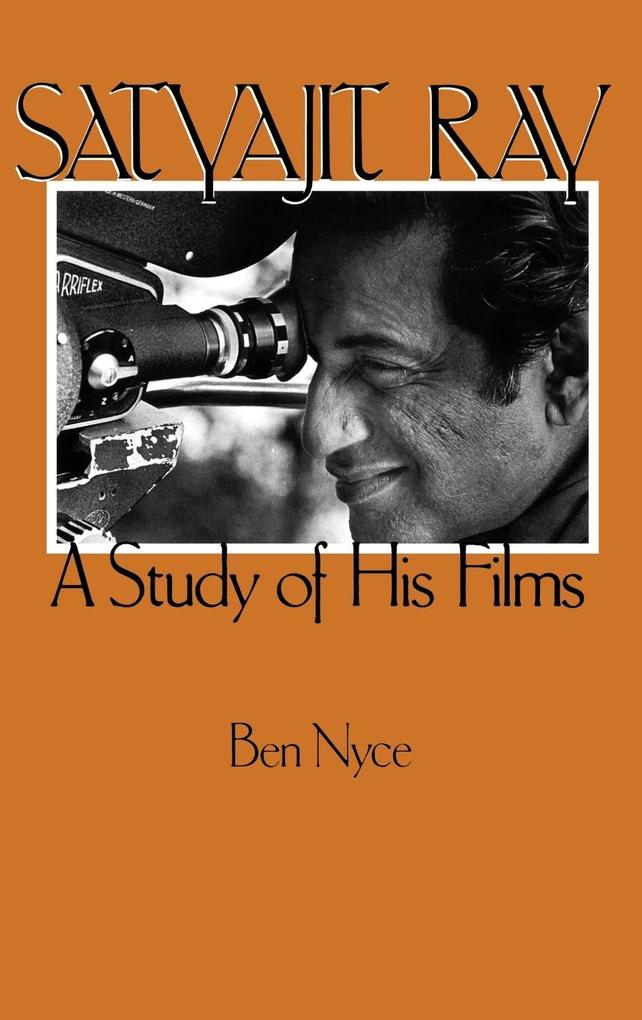With 26 films to his credit and numerous international prizes, Satyajit Ray is India's most recognized filmmaker--yet, no extended study of his films has previouly been published in English in the West. Ben Nyce examines each of Ray's films in close detail and provides a cinematic examination of his unique style. Nyce explores Ray's career chronologically to best chart his stylistic development as a filmaker. Each chapter considers one film and how it expressed the particular quality of rhythm and mood which characterizes his work. Narrative synopses are first presented, and the opinions of his critics are continually noted and discussed. Included are studies of the following well known films: "Pather Panchali," "Aparajito," "Apur Sanar" ("The Apu Trilogy"), "Jalsagha"r ("The Music Room"), "Ashani Sanket" ("Distant Thunder"), and "Ghare-Baire" ("The Home and the World").
Inhaltsverzeichnis
Preface; acknowledgments; the way to "Pather Panchali"; "Pather Panchali" - Apu's childhood; "Aparajito" (the unvanquished) - Apu's youth; "Apur Sansar" (the world of Apu) - Apu's maturity; "Parash Pather" (the philosopher's stone) - a turn to comedy and satire; "Jalsaghar" (the music room) - the passing of the old order; "Devi" (the goddess) - the tragedy of incarnation; "Rabindranath Tagore" - the Brahmo Heritage; "Teen Kanya" (three daughters) - the shorter form; "Kanchanjugha" - Ray's first examination of contemporary India; "Abhijan" (the expedition) - a good man gone wrong; "Mahanger" (the big city) - the woman leads the way; "Charulata" - the seeds of reform; "Kapurush-O-Mahapurush" (the coward and the holy man) - a love story and a satire; "Nayak" (the hero) - a star falls; "Goopy Gyne Baha Byne" (the adventures of Goopy and Bagha) - a children's story; "Aranyer Din Ratri" (days and nights in the forest) - finding the way; "Pratidwandi" (the adversary) - the job seeker; "Seemabaddha" (company limited) - the price of success; "Ashani Sanket" (distant thunder) - starvation comes on slowly; "the inner eye and two" - two short films; "Sonar Kella" (the golden fortress) - a detective film; "Jana Aranya" (the middleman) - urban corruption; "Shatrani Ke Khilari" (the chess players) - the British takeover; "Joi Baba Felunath" (the elephant god) - more detective action; "Hirok Rajar Deshe" (the kingdom of diamonds) - political protest; "Pikko's Day" - an awakening; "Sadgati" (deliverance) - the caste system at its worst; "Ghare-Baire" (the home and the world) - a return to Tagore. Conclusion. Bibliography. Index. About the author.










